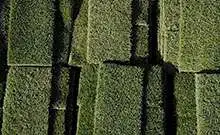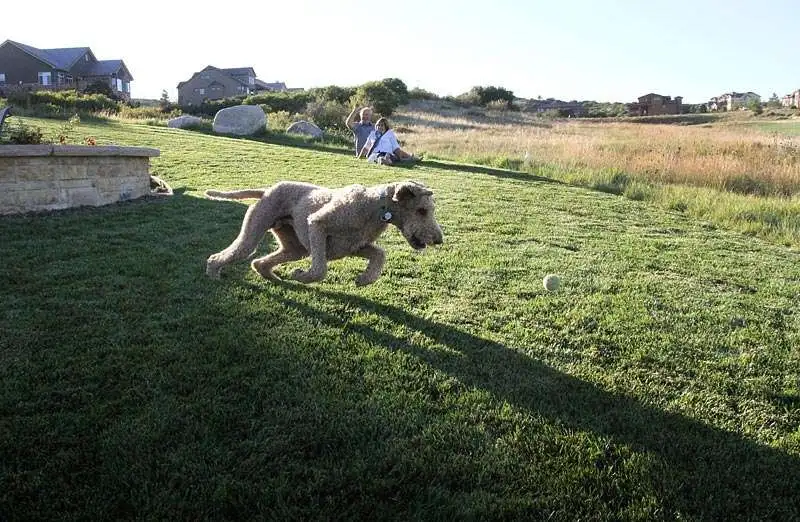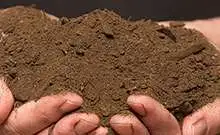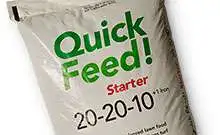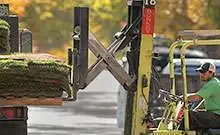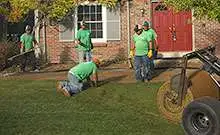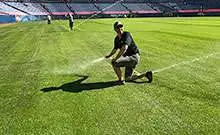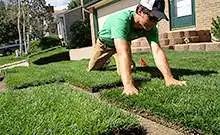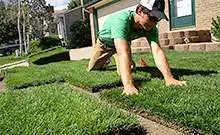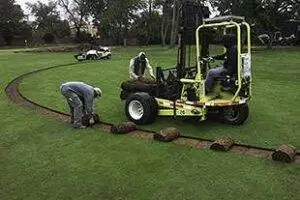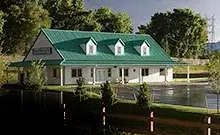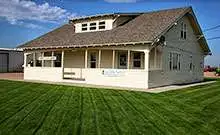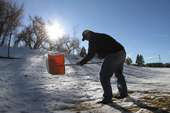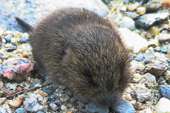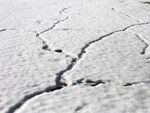CONTROL THE VOLE
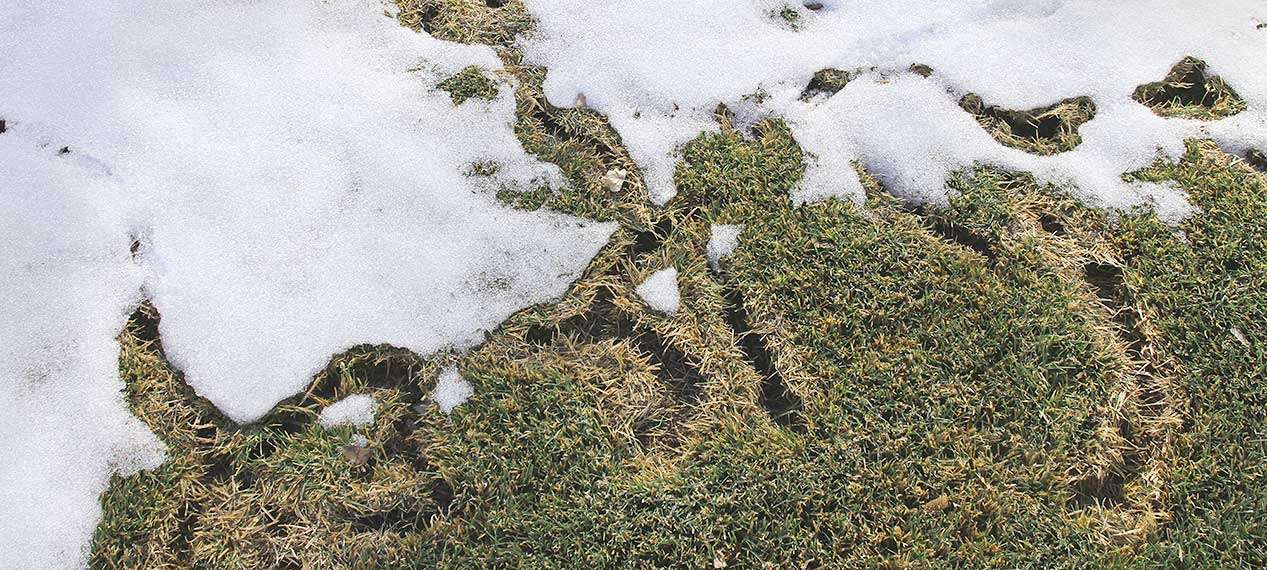
Vole Damage in Colorado Lawns
If you are seeing strange patterns in your snow covered lawn or discovered tunnels through your grass blades, you may have Voles. Voles or Meadow Voles live along the Front Range and are a small mouse-like creature, 3 to 8 inches long. Voles like to make tunnels in your lawn when it is covered with snow and remove all the grass blades leaving dirt trails. These little rodents like damp marshy areas and will come into your lawn from open fields. Voles eat a variety of grasses, trees and shrubs, especially during the fall and winter. Most damage occurs in the winter when voles move through their grass tunnels under the protection of snow. Their excellent burrowing and tunneling ability gives them access to sensitive areas without clear or early indication.
Voles Reproduce Quickly
Voles reproduce very quickly and have average litters of 5 to 10 youngsters. Due to this short reproduction cycle, vole populations can grow very large within a very short period of time. A single pregnant vole in a yard can result in a hundred or more active voles in less than a year. Voles eat succulent root systems and will burrow under plants or ground-cover and eat away until the plant is dead. Bulbs in the ground are a favorite meal for voles.
Snow Covered Lawns
So, if you see tunnels in your snow-covered lawn, break them up and remove any piles of snow. Damage to lawns can be reduced by close mowing in the fall before snow arrives and by removing tall grassy cover near lawns. If the problem is extreme, mousetraps can be placed in the tunnels or near burrow holes. The most effective control is to remove the snow from the lawn and they will retreat. To repair tunnel damage in your lawn, rake up the dead grass, fertilize with 20-20-10 and water the effected areas early in spring. This will help the bare areas re-grow from the roots deep in your lawn and it will fill in.

